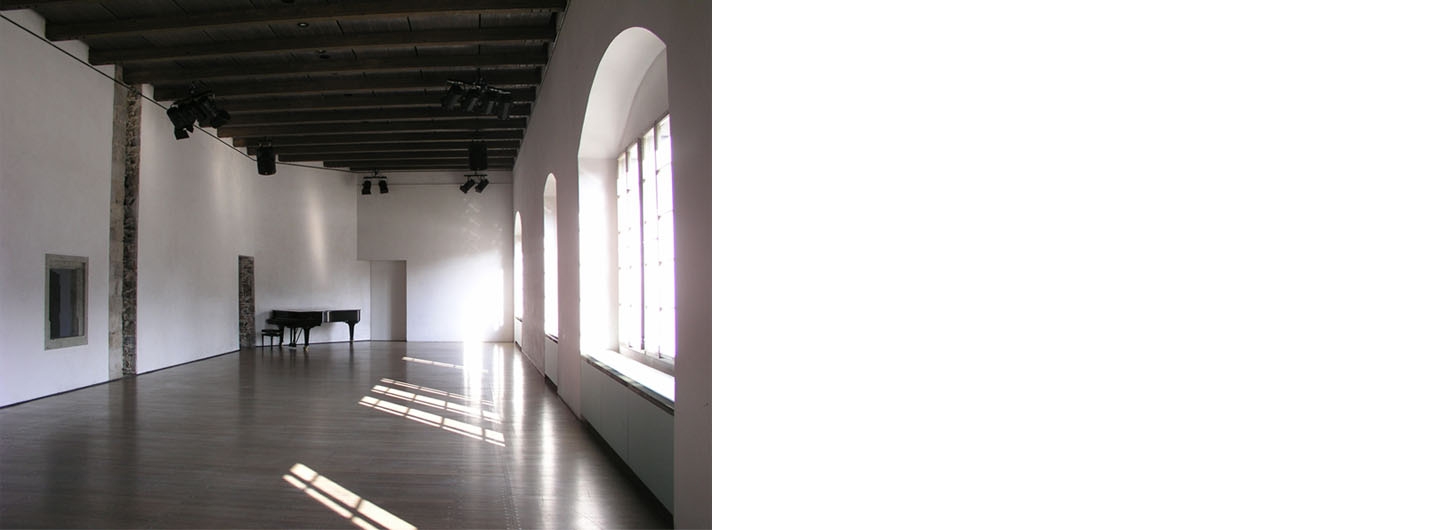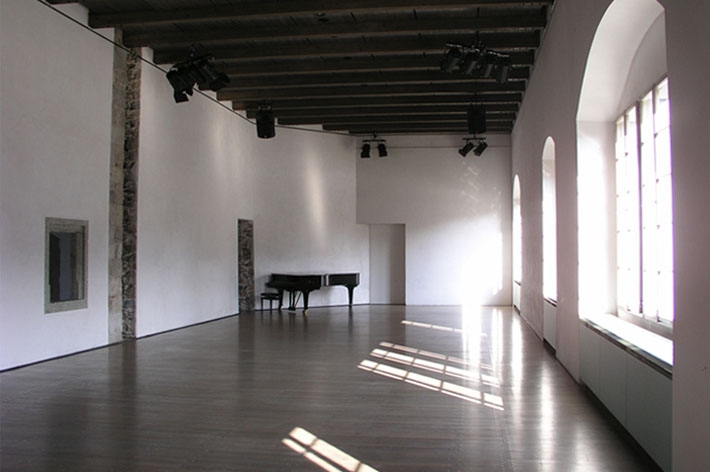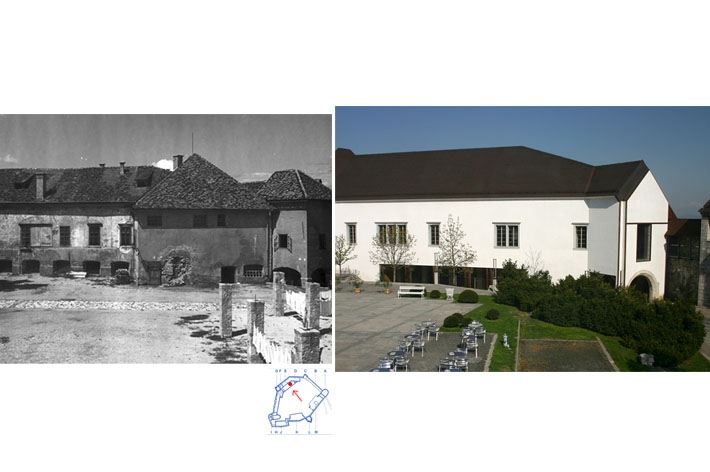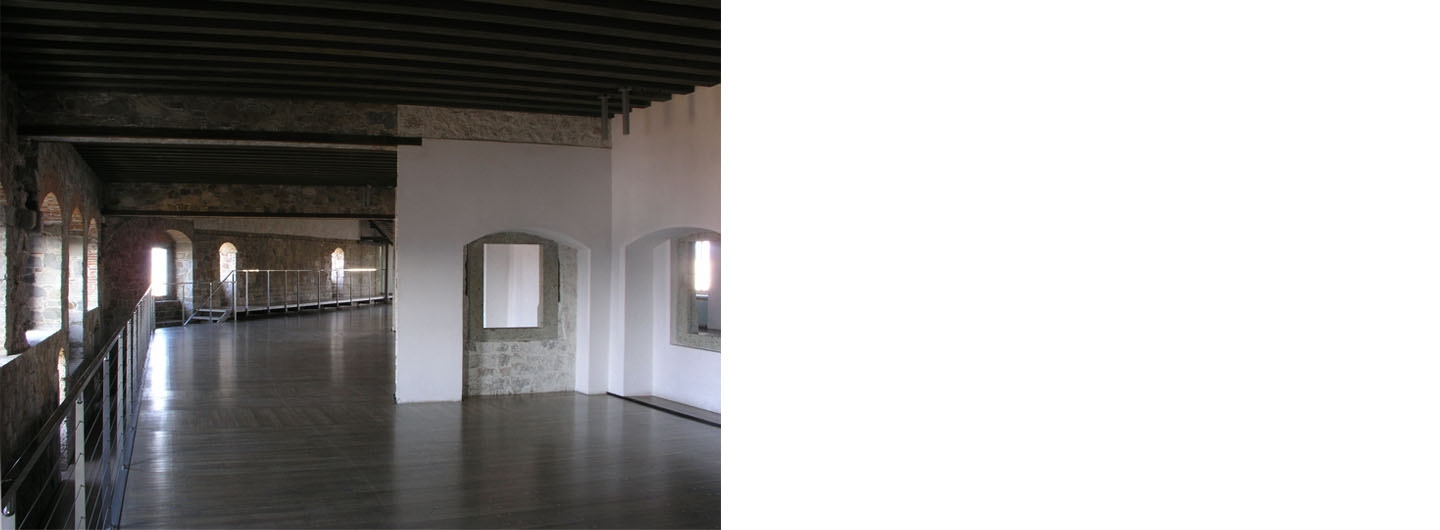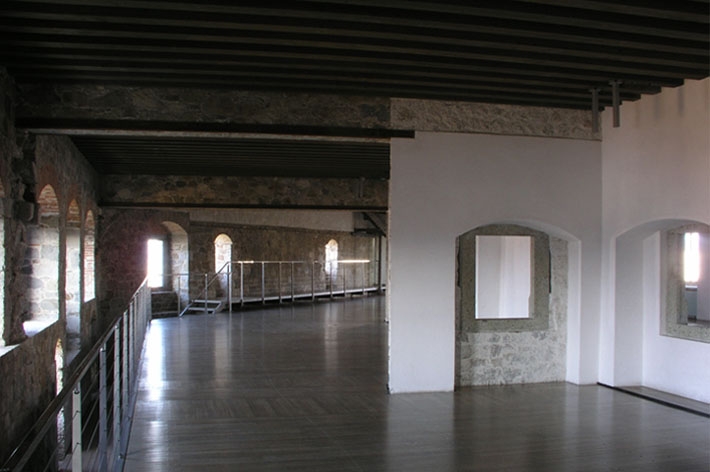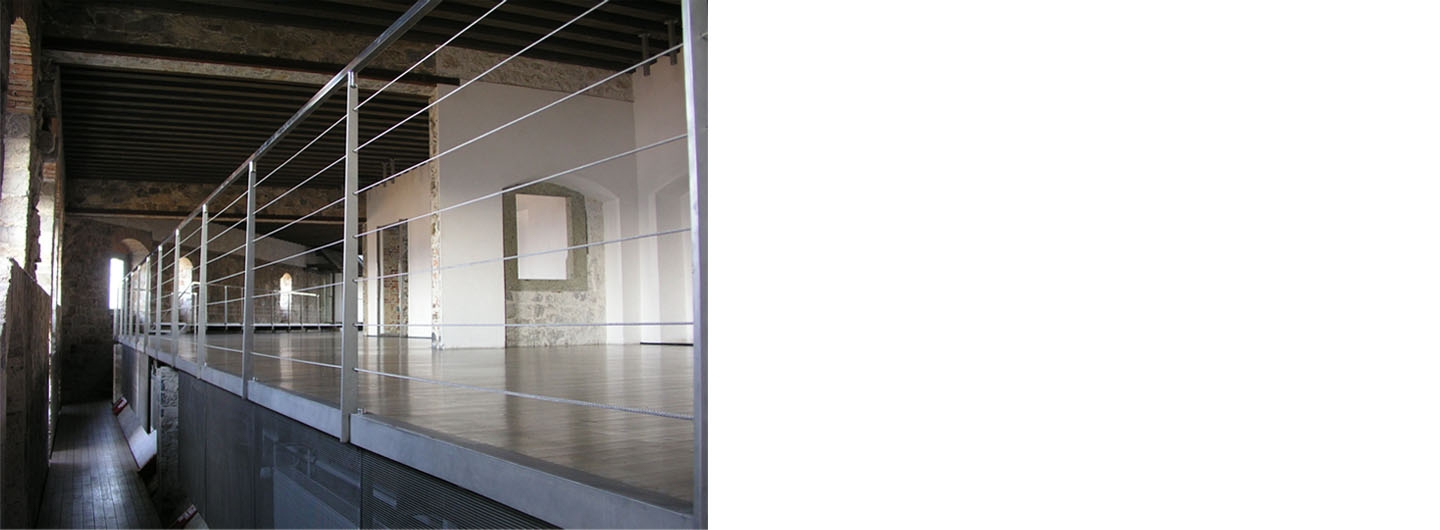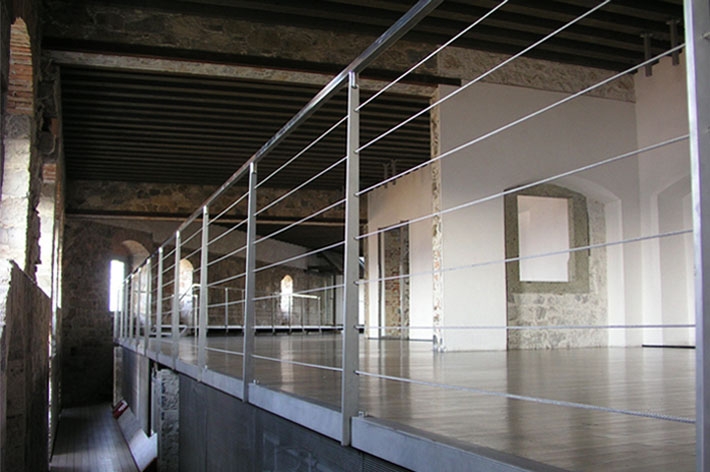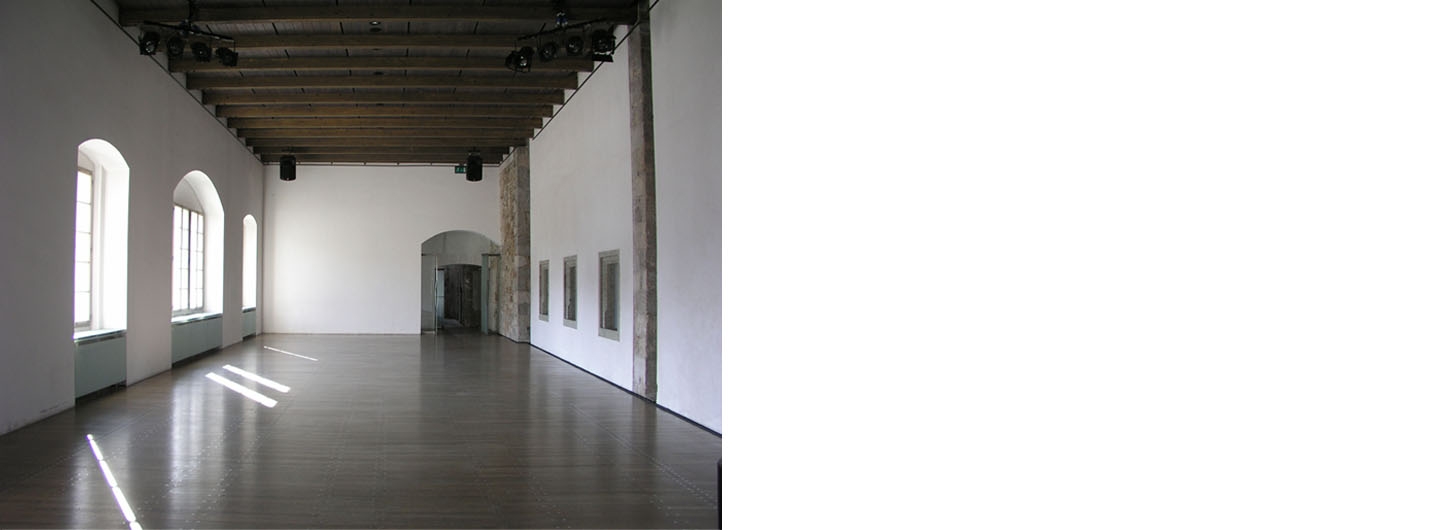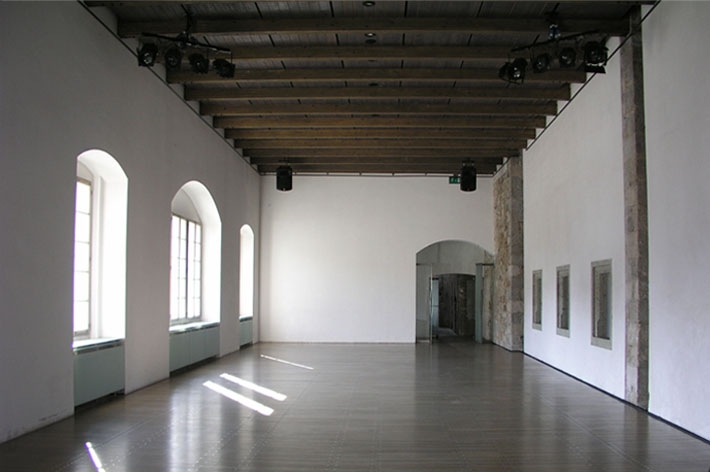The Ljubljana Castle - Estates Hall - Sections D , E and F
Office / Author:
ambient
Team and collaborators:
Miha Kerin
Majda Kregar
Edo Ravnikar jr.
Rok Bogataj
Brane Kregar
Katarina Gnezda
Irena Predalič
Location:
Ljubljana, Slovenia
Year of project / completion:
1996 / 2000
Client:
City of Ljubljana
Status (competition, project, completion) and phase:
completion
Tags:
Architecture / Rennovation
Photo:
Miha Kerin
The castle renovation consistently follows the guideline focused on the maximum exploitation of the historic space for public use, which call for a space equipped with aptly concealed contemporary technologies that enable versatile uses of the structure..
Sections G, F, E and D are phased additions from the 14th and 15th centuries to the 12th-century fortress wall. Initially, the structure G served as a hall for nobility meetings, dubbed ?Langestube? or ?the long room?. In a portion of this section?s ground floor, there were prison cells while the living quarters were on the second floor. The very first addition of a section to the defence wall in the 14th century all but destroyed three levels of defence beginning with the passageways with slits and defence windows along the defence wall. Extensive investigation and rehabilitation works were needed.
The reconstruction of Palatium?s new Long Room enables the versatile use of space, from events and exhibitions to receptions to drama and musical performances which are made possible by the various stage arrangements and the available stage equipment and lighting.
The Estates Hall in the sections E-D is a group of smaller spaces designed for simpler programmes in conjunction with Palatium. The ground floor space encompasses a vestibule with the cloakrooms for the entire set of halls while the service rooms are in the basement under the courtyard on the archaeologically sterile terrain. A lift and a staircase connect them.
The more complex functions of the Palatium Hall are supported by concealed technical equipment: power-driven retractable stage boards can be lowered into the space above the vaults under the floor. The fly system is incorporated onto the roof beams with electric motors accommodated in the attic. Thus, the hall space is clear of the theatre systems and any other technical equipment.
The elements of the architectural heritage that had been uncovered in the course of the conservation investigations were either more or less well preserved or barely recognisable (oriels, defence slits, passageways, stairs, etc.). They were carefully restored, completed or reconstructed with the use of modern technology and original materials following an innovative method that assures the original form. This is a computer-aided method based on comparative analyses of a number of related materials from other locations. A structural anti-seismic reinforcement of the wall shell was thoroughly but inconspicuously executed using innovative procedures involving built-in pre-stressed vertical and horizontal rods.
The vestibule (Section F) positioned at the junction of the Baroque spaces and the Gothic tower is vertically opened up so as to bring forward within the interior the entire former courtyard façade of the Gothic tower with its defence passageways, reconstructed portals and a portion of its original roof. An interesting juxtaposition of exposed roof-covering materials within the space also bears evidence of the historical growth of the castle complex.
Other projects of the bureau
-

Villa Bernardin
-

Vacation house ? Gozd Martuljek
-

BUSINESS BUILDING BEŽIGRAJSKI DVOR LJUBLJANA
-
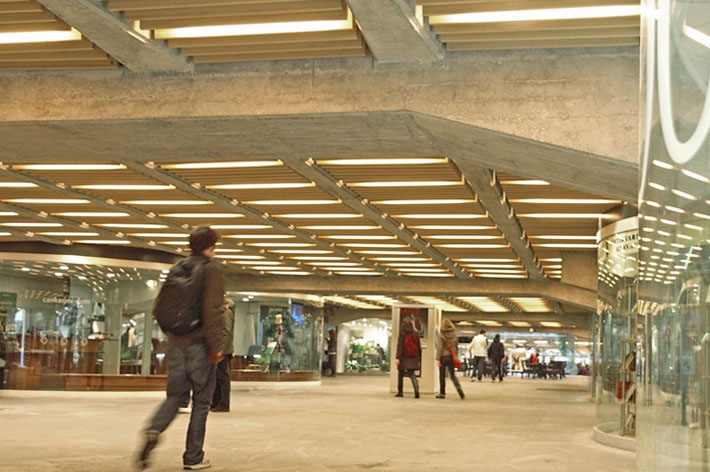
The renovation of the Maximarket Plaza and its underground passage
-

DENIVEWELATED RAILWAY
-

ZAGREB BUS STATION
-
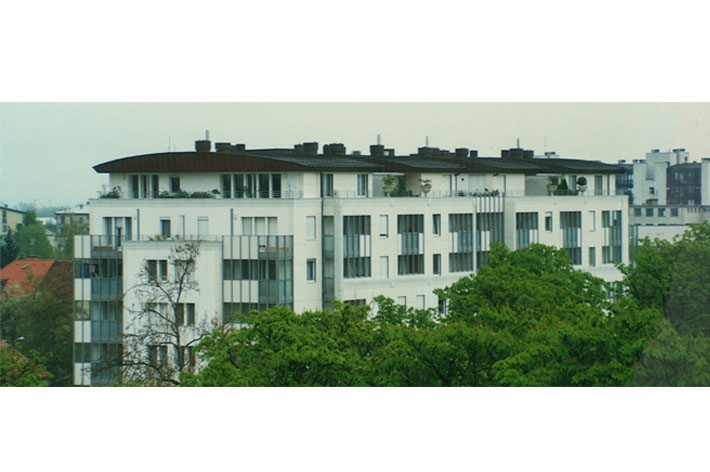
RESIDENTIAL BUILDINGS ? BEŽIGRAJSKI DVOR - LJUBLJANA
-
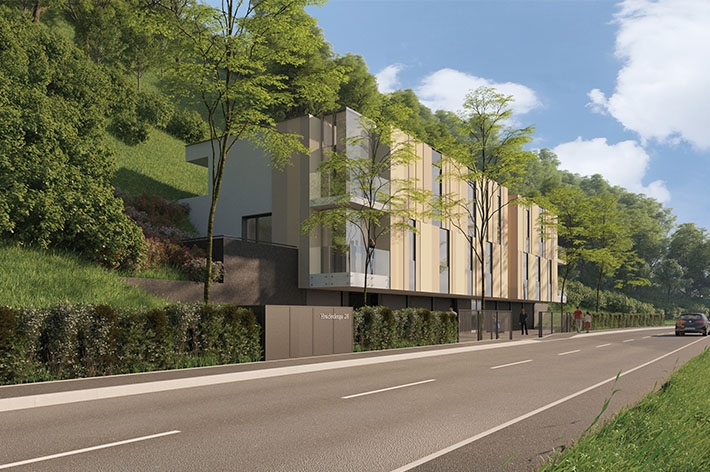
Hradecki House in Ljubljana
-
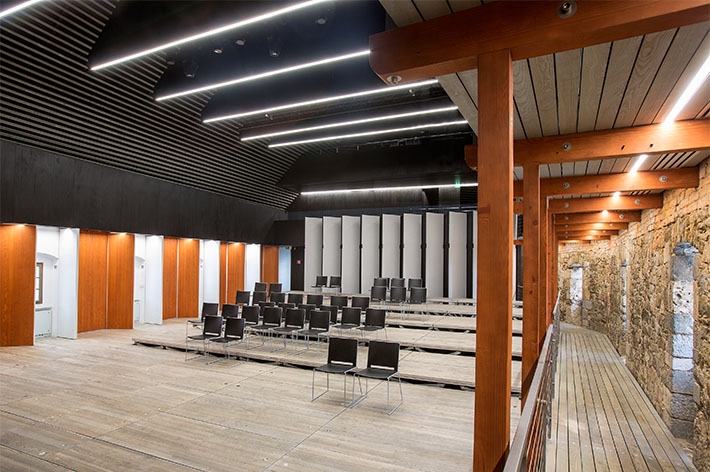
Ljubljana Castle - Hribar Hall ? Section K
-
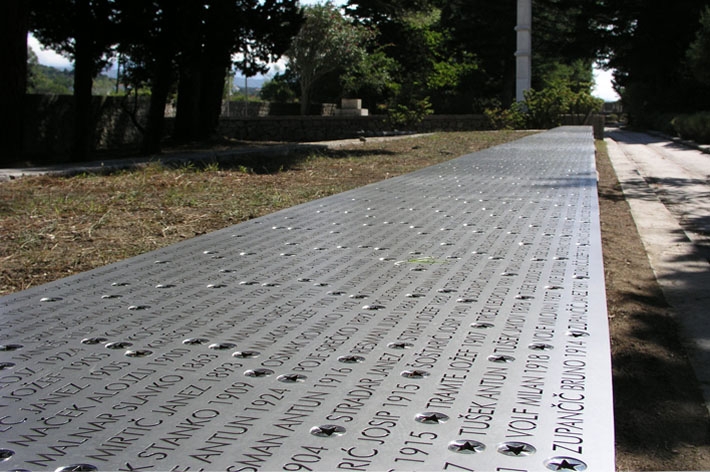
Memorial Plaque at Kampor ? The Island of Rab, Croatia
-
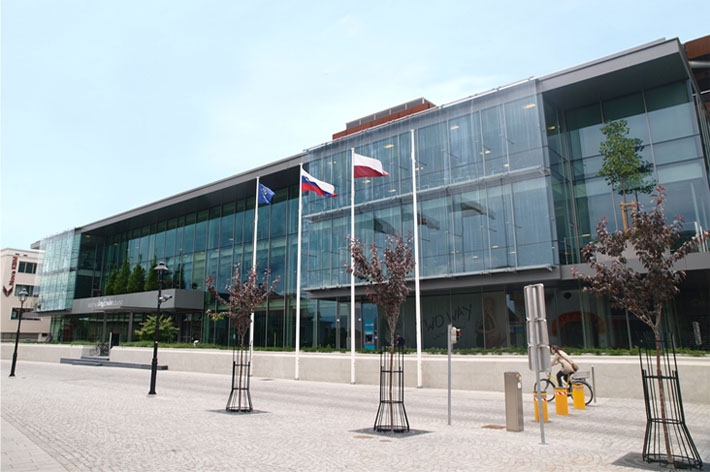
The renovation and adaptation of the Commercial building GLOBUS in Kranj - The façade envelope
-
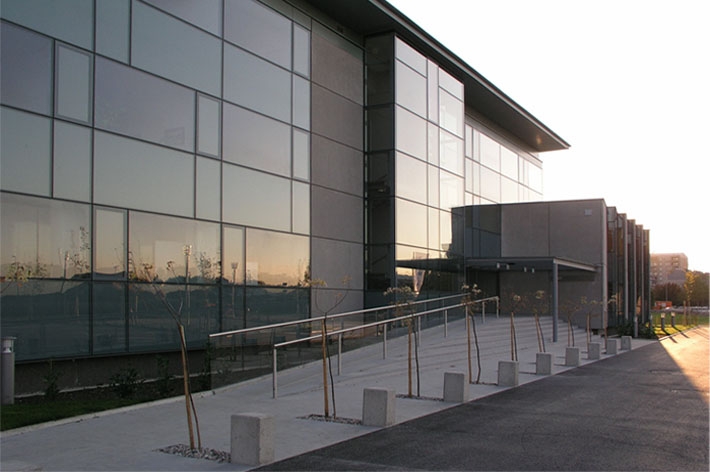
Workplace Health and Safety Institute, LTD.
-

The Ljubljana Castle - Details
-

The Ljubljana Castle ? The Circular path with a bridge on the Plečnik's columns
-
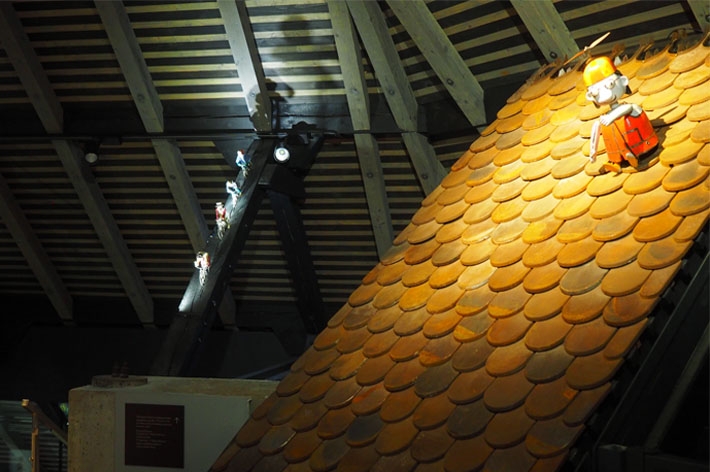
Ljubljana Castle - Puppet Museum ? Sections E and D
-
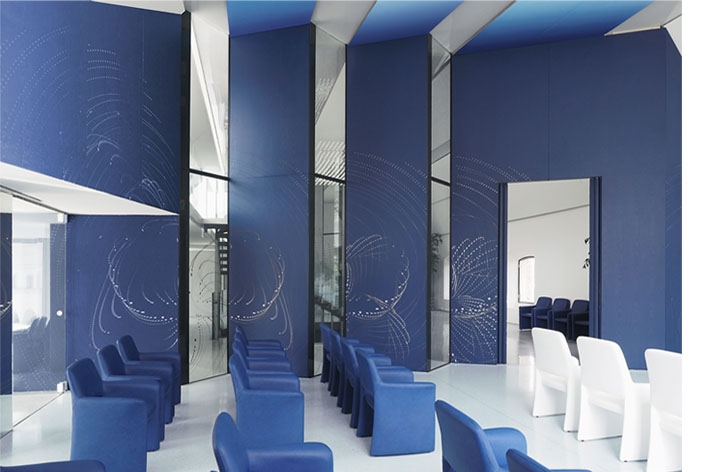
The Ljubljana Castle -The Wedding Halls - Section M
-
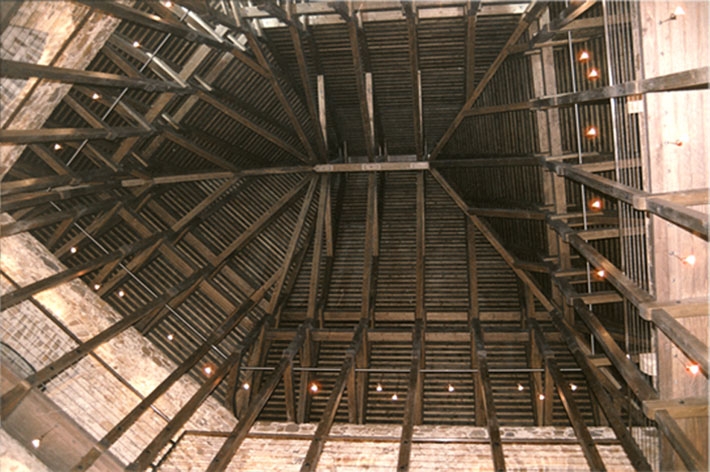
The Pentagonal Tower - Section L
-

The Ljubljana Castle - Friderik?s tower ? Section E2
-
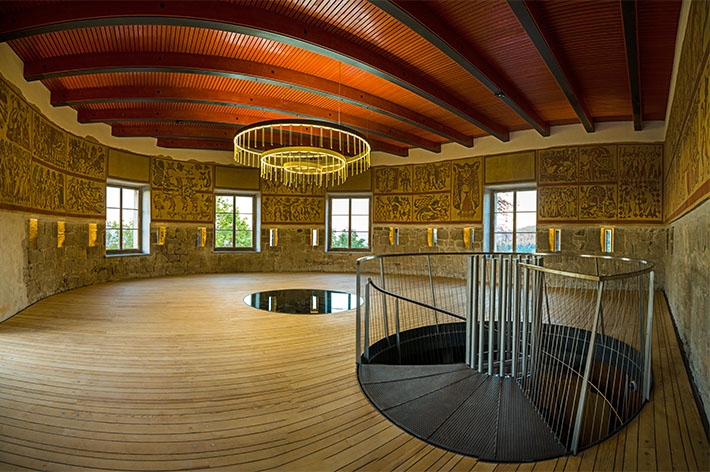
The Ljubljana Castle - The restaurant and the Wine Convent of St. Urban - Section A
-

The Ljubljana Castle - Funicular Railway
-

The Ljubljana Castle - The Castle Inn - Section K
-
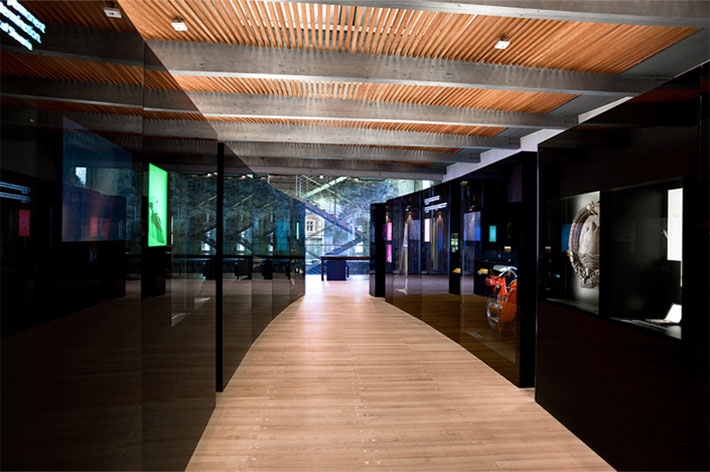
The Ljubljana Castle - The Slovenian History Exhibition - Secton J
-
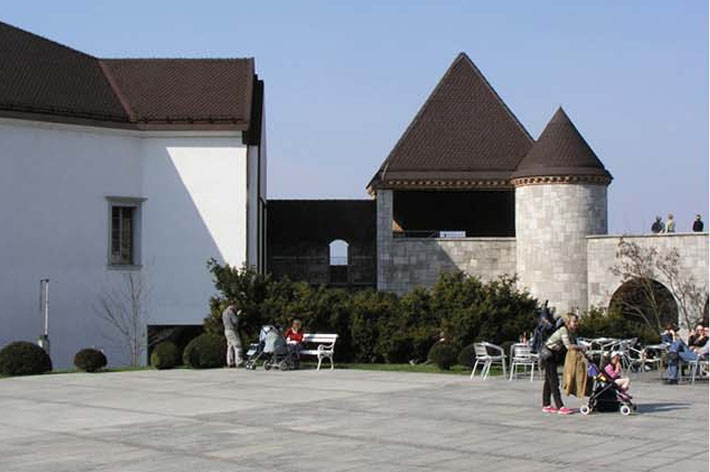
The Ljubljana Castle - Erasmus tower - Section C
-

The Ljubljana Castle - Lapidariums - Sections ABCM in KLMT
-

The Ljubljana Castle - Palatium - Sections F and G
-
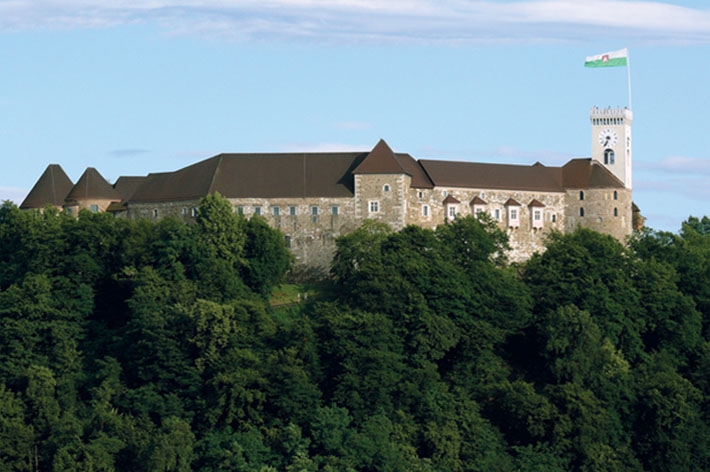
Revitalization of Ljubljana Castle
